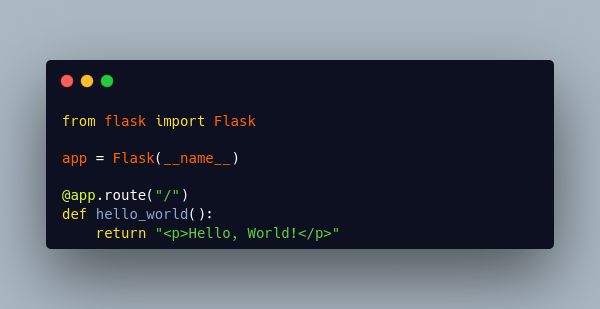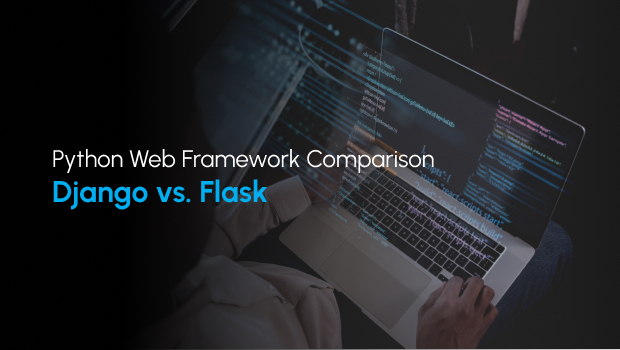Django vs. Flask - Introduction
Flask and Django are two popular Web frameworks used to build web applications and web APIs using the Python programming language. Both frameworks are frequently used by many Python developers, and if you are new to web development with Python, you may have a few questions about these two popular frameworks, and are considering one of them to create your next killer application, and you perhaps want to decide which one to use. If you are a beginner, this article will help you understand the difference between Flask and Django, and will give you enough information to help you decide which one to use.
Django vs. Flask for Beginners
For beginners, think of Django as a big toolbox for building complex websites with lots of features included. On the other hand, Flask is more like a small toolkit for making simple websites or small parts of a bigger website. It gives you the freedom to add only what you need.What is a Web Framework?
Before we take a look at the differences between the Flask and Django web frameworks, you should first understand what a web framework is and what it does. A Web framework offers a set of tools in the form of functions, classes, templates, and other helpers that are required to build a web application. They manage tasks like handling HTTP requests, delivering HTML content, and responding to requests. Whenever you interact with a web application, the web developer uses the tools provided by the framework to handle your interaction and respond to your requests appropriately.What is Flask?
Flask is a minimalist Python micro-framework for developing web applications. It is considered a micro-framework because it only provides basic helpers and tools, such as URL mapping, handling requests, returning HTML templates and other basic features.
Main Flask Features

Lightweight and Customizable Framework
Flask stands out for its lightweight nature, lacking built-in features like administration tools and Object-Relational Mapper (ORM). ThisContinue reading this article
by subscribing to our newsletter.
Subscribe nowby subscribing to our newsletter.

